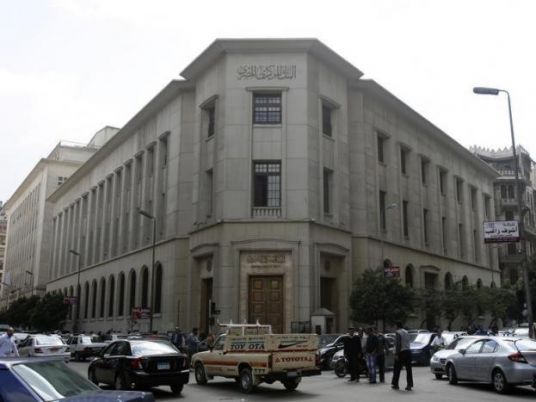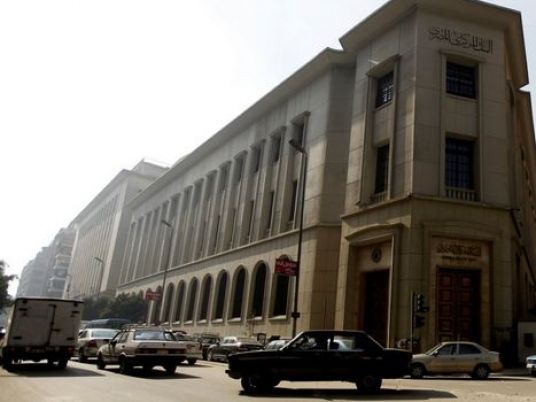The second year after the breakout of the 25 January uprising has been characterized by mixed developments and confused assessments.
The great hope in mobilizing the masses is accompanied with deep frustration in bringing about immediate change, and in moving forward on the road to a genuine democratic transformation.
This general feeling stems from what we have seen in the past year: several nominal achievements in the name of democratic transition, but no real response to popular demands or change in people’s day-to-day lives.
At the political level, exclusion and marginalization are still the rule of the game. The parliamentary elections produced a Parliament incapable of moving towards realizing the demands of the revolution. The presidential elections forced an unprepared public to pick between equally bitter options.
Then came a constitutional declaration that pushed the military institution out of politics, but gave it legal protection and immunized it against accountability. Another constitutional declaration hysterically polarized the Egyptian society like never before. And so, the year ends with a spate of violent incidents and non-party affiliated actors were even more ignored in political debates and negotiations.
But this general mixed feeling is also the natural result of what the revolutionary powers have done on the ground.
The first year of the revolution saw the breakout of spontaneous micro-revolutions here and there, but the second year saw social demands for “bread, freedom and social justice” take root, particularly in light of increasing marginalization and suppression. Professional strikes and sit-ins were organized and spontaneous social movements grew, but failed to score any lasting legal or political victory.
Citizens engaged in fierce confrontations with security forces in informally built and poorer areas. Intimidation of protest leaders who have an ability to mobilize crowds took on various forms, and the same obsolete authoritarian discourse, accusing the crowds of collusion and treason, was employed by the new rulers.
To sum up: During the second year, the two parties to the conflict scored simultaneous points, in different areas.
The fresh alliance between the military, the Brotherhood, Salafis and the deep state completed the nominal transition to democracy as dictated by savvy transitologists, major powers, international monetary institutions and neighbors who fear the hot winds of change will sweep across the region.
Meanwhile, the fledgling powers managed to expand and sustain the scope of protests, mobilize crowds and dig roots for the revolution amongst professional syndicates, labor, university and social sectors as well as groups that were not ready for all-out resistance in the first year.
A review of the past year cannot predict developments in the coming phase. There are signs of a victory for the revolution, just as there are for its being crushed under the heels of the powers seeking to contain it. It is a year where the social revolution was betrayed by the “wise calls for stability” and the need to overcome the economic crisis, as neoliberal economics in its global, regional and local versions dictates. It is also a year where the political transition was finalized, even though it was pure window dressing and did not even achieve a little of what the citizens hoped for.
And so, year three will be instrumental and eventually tough for all parties.
Dina El Khawaga is a professor in Cairo University’s Faculty of Economics and Political Science, and programs director at the Arab Reform Initiative in Paris.
This piece was originally published in Egypt Independent's weekly print edition.




